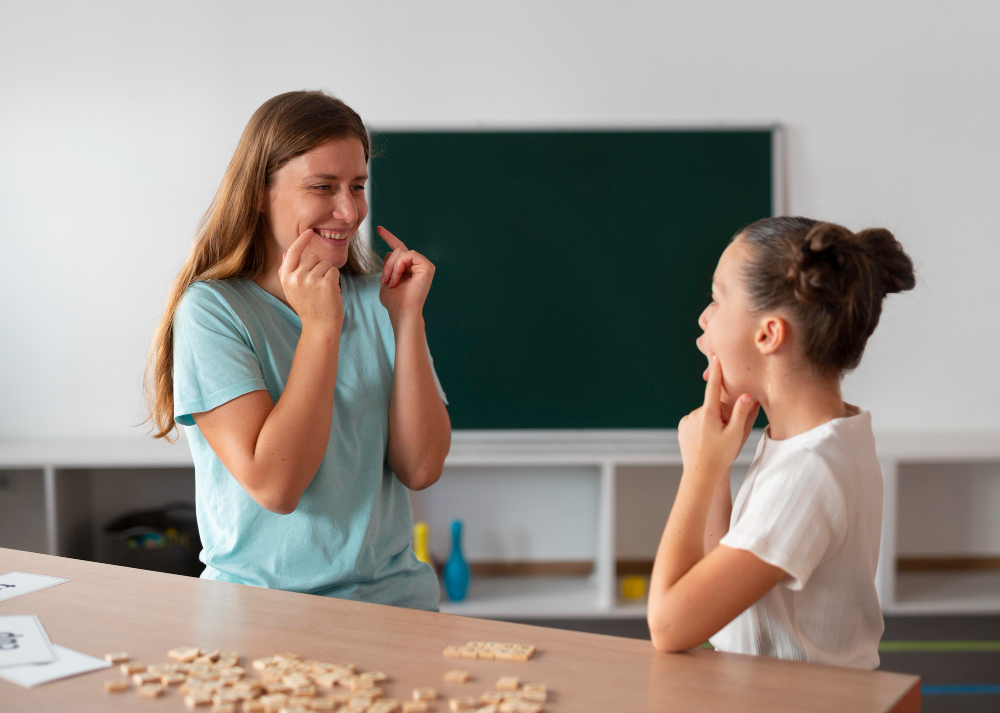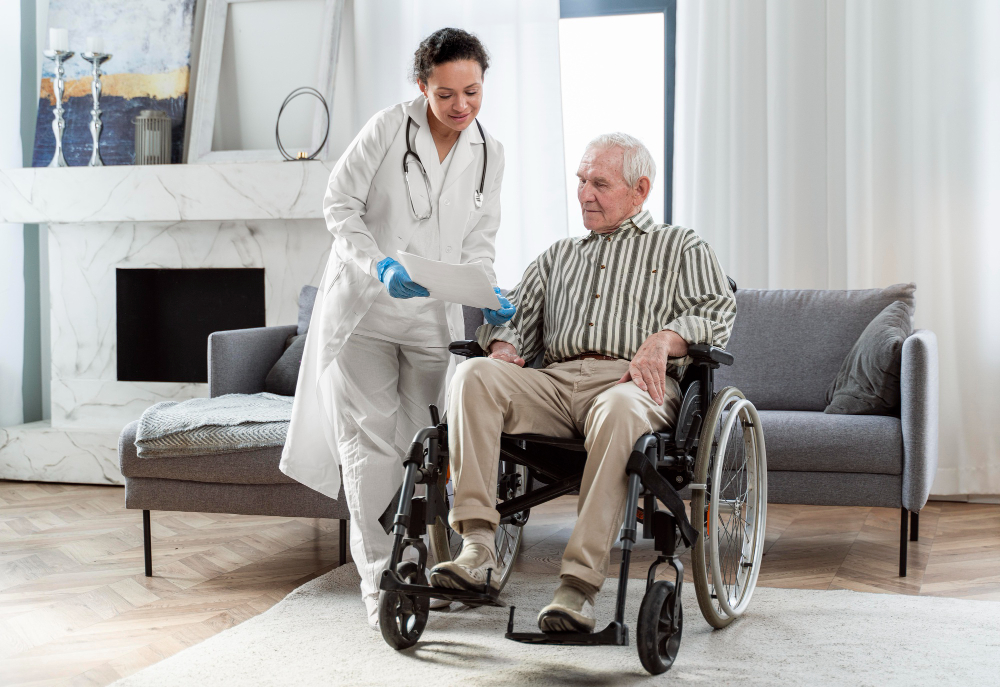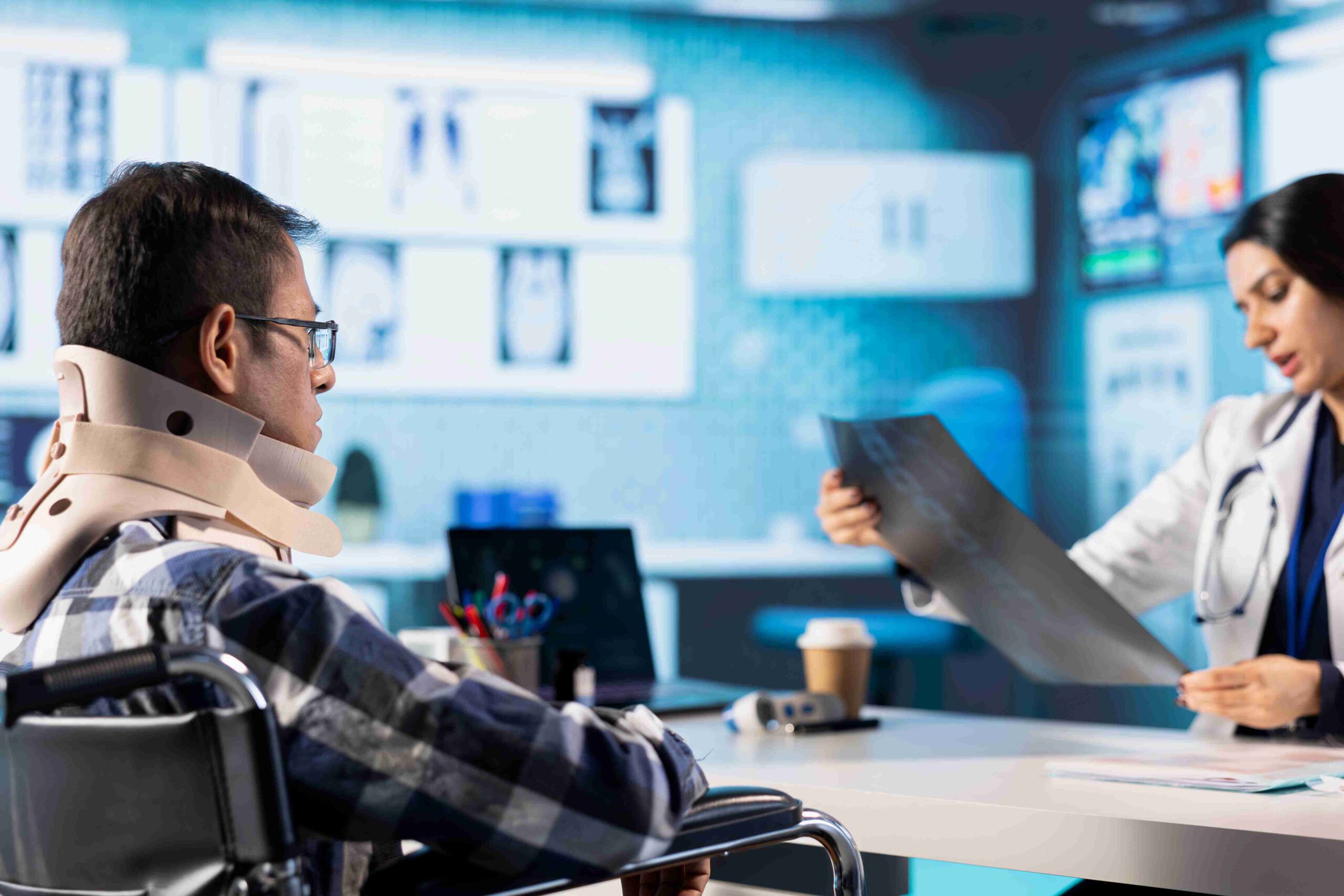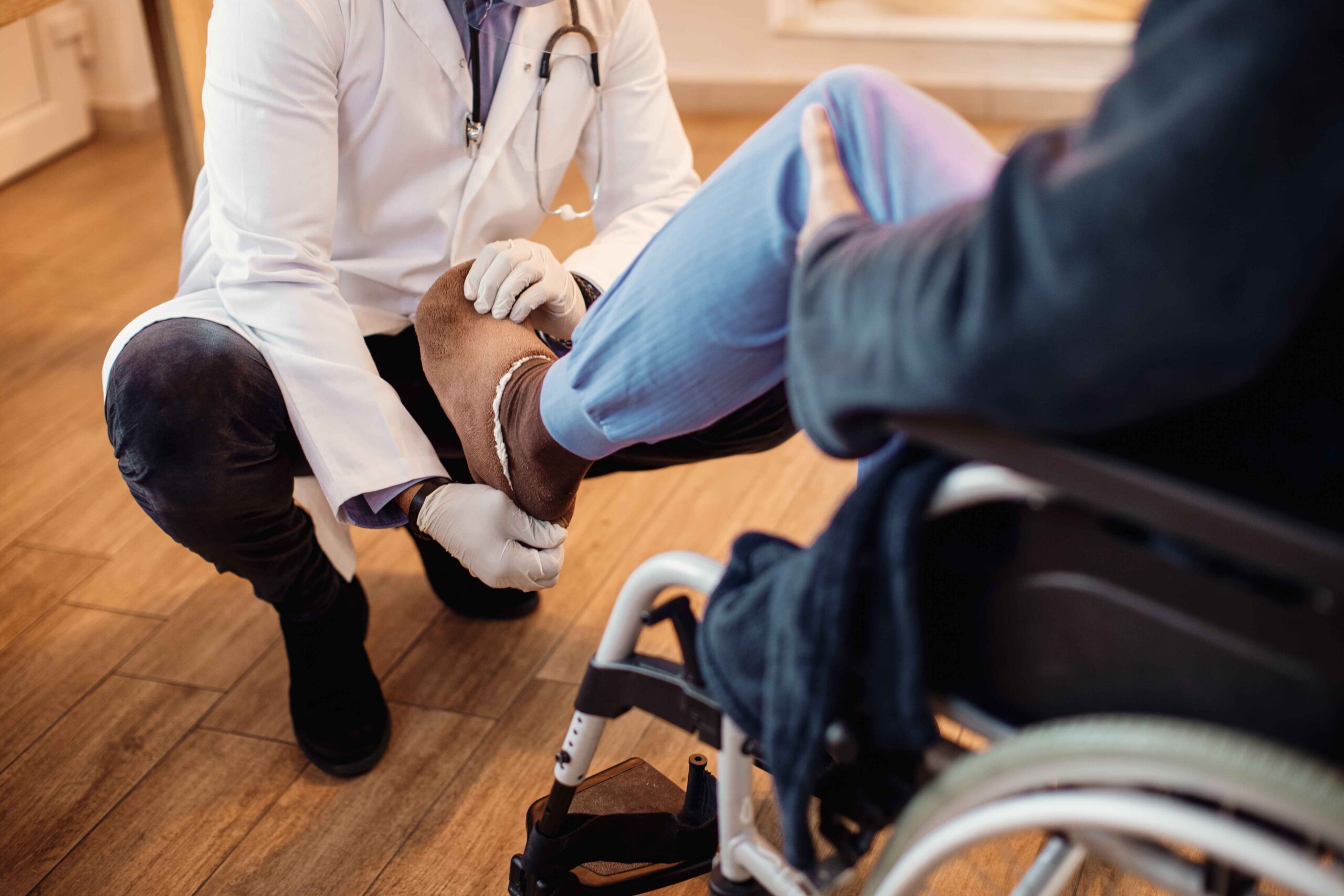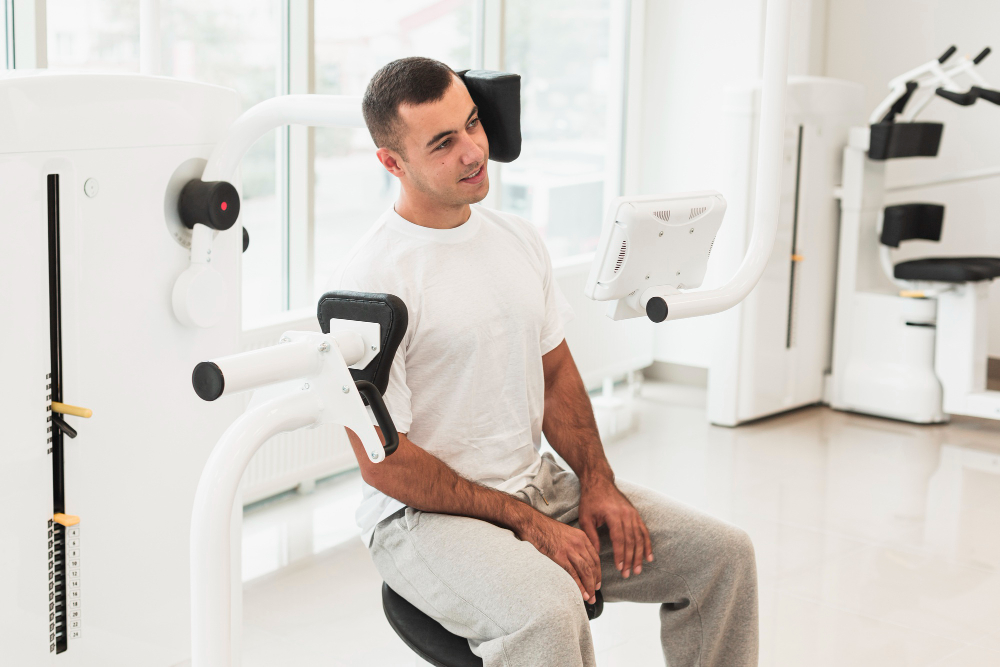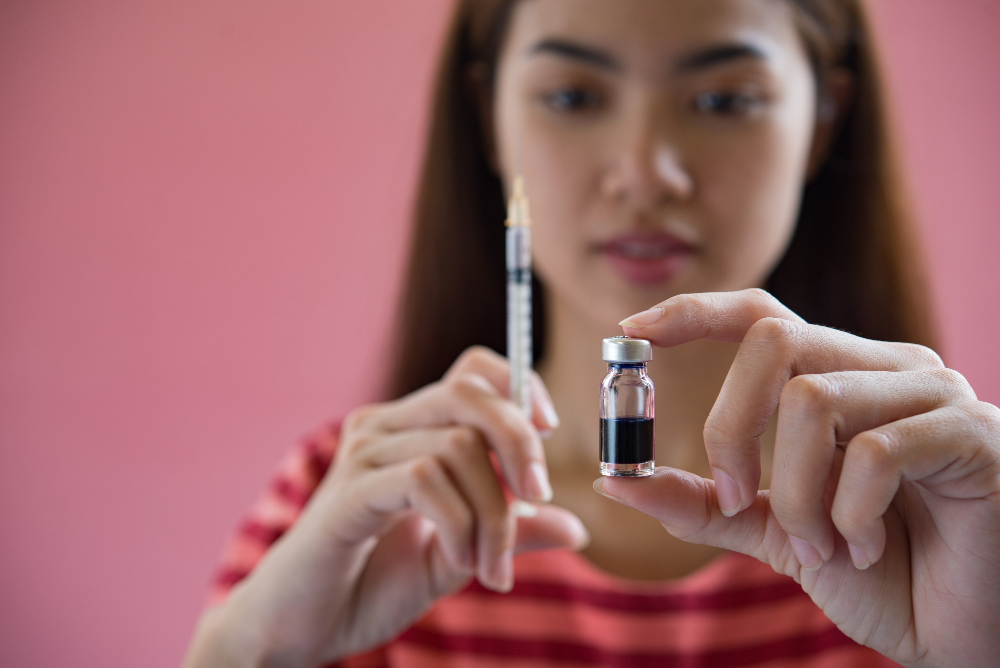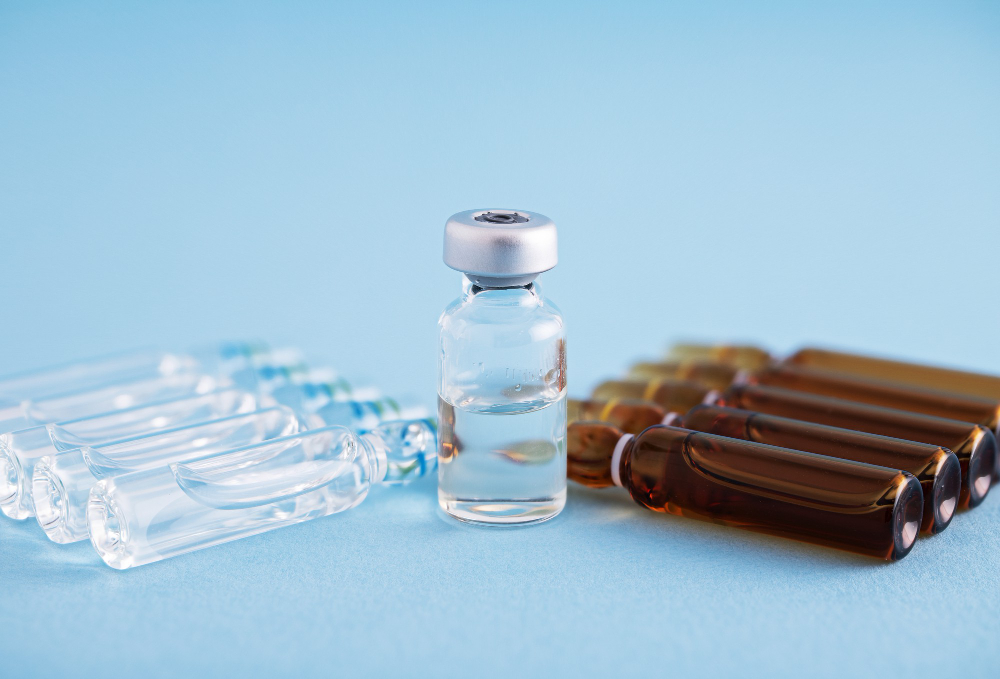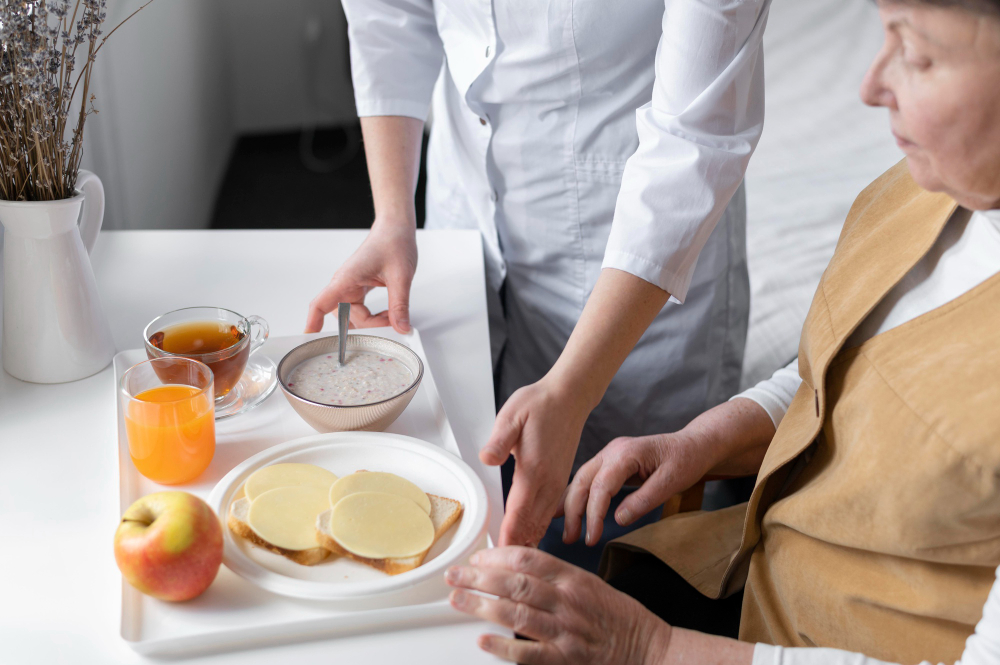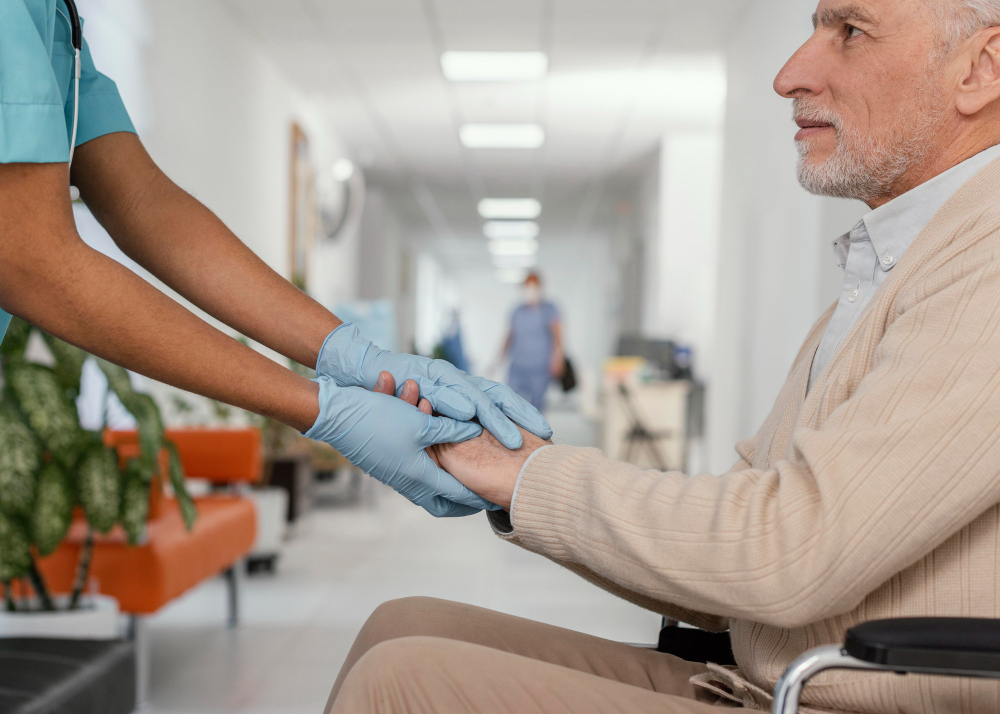
Last updated on by MRC
Stroke survivors often face challenges that extend far beyond the initial medical treatment. The road to recovery requires more than just immediate care; it demands consistent, focused rehabilitation to regain physical, mental, and emotional well-being. Rehabilitation not only supports recovery after stroke but also plays a pivotal role in reducing the likelihood of recurrence. In this blog, we’ll explore the key aspects of stroke rehabilitation and why it’s essential for a sustainable recovery.
Physical therapy is a cornerstone of rehabilitation, helping patients regain strength and mobility.
By committing to a structured stroke recovery physical therapy program, patients take a significant step toward lasting recovery.
Read this: Understanding Electrotherapy Treatment: How Does it Work – Rehabe India
Emotional well-being is as critical as physical recovery after a stroke.
Focusing on mental health ensures a comprehensive approach to recovery after stroke, helping patients rebuild their confidence and quality of life.
Rehabilitation isn’t just about recovery; it’s also about preventing future strokes.
Reducing the risk of recurrence is a vital aspect of any recovery program, ensuring long-term health and well-being.
Also Read: The Importance of Early Intervention in Stroke Rehabilitation – Rehabe India
Consistency is key to achieving lasting results.
Investing in a comprehensive program—be it at a stroke rehabilitation center or through ongoing stroke recovery physical therapy—is crucial for maintaining progress and preventing setbacks.
A stroke rehabilitation center serves as the foundation for a structured recovery journey.
A dedicated stroke rehabilitation center not only fosters recovery but also educates patients and their families on preventive measures to avoid stroke recurrence.
Medical Rehabilitation Center (MRC), one of the best stroke rehabilitation centers in Kolkata, specializing in indoor rehabilitation for patients with paralysis and multiple disabilities. Our expert team of trained professionals who design personalized treatment plans focusing on various areas of recovery such as mobility, speech, and cognition. Each patient receives individual attention, ensuring that their unique challenges are addressed effectively.
Indoor Rehabilitation for Optimal Recovery: We specialize in indoor rehabilitation, which is particularly effective for patients with paralysis or multiple disabilities. This controlled environment ensures that patients have access to advanced tools and techniques that cannot be replicated at home. Equipped with advanced tools like stand-in frames, bio-feedback machines, and electrotherapy instruments, we offer personalized treatment plans designed by experts.
In addition to physical therapy, we provide holistic care, addressing the psychological and emotional well-being of patients. Our team of psychotherapists and speech therapists work collaboratively to ensure a well-rounded recovery process.
Recovery after a stroke is a journey that requires commitment, care, and the right resources. From personalized treatments at a stroke rehabilitation center to the transformative benefits of stroke recovery physical therapy, rehabilitation offers hope for a healthier, more independent future. By focusing on recovery and prevention, survivors can reduce the likelihood of stroke recurrence, reclaim their lives, and achieve lasting well-being.
Choosing healthy meal and snack options can help you prevent stroke. Be sure to eat plenty of fresh fruits and vegetables. Eating foods low in saturated fats, trans fat, and cholesterol and high in fiber can help prevent high cholesterol. Limiting salt (sodium) in your diet can also lower your blood pressure.
Although the risk factors for ischemic stroke are well defined, there may be differences between these risk factors in recurrent strokes. Cardiovascular disease, hypertension, diabetes mellitus, dyslipidemia, and atrial fibrillation are the most responsible modifiable risk factors for recurrent ischemic stroke.
You should be as active as you possibly can in your daily life – small everyday activities like walking instead of taking the car, taking the stairs instead of the elevator, gardening and housework will help you to stay healthy and reduce your stroke risk.
Exercise is the best medicine, especially for those who are at risk of stroke. Research shows that 30 minutes of moderate exercise—including low-impact workouts like walking and yoga—five days per week can minimize your chance of stroke and the number on the scale.
